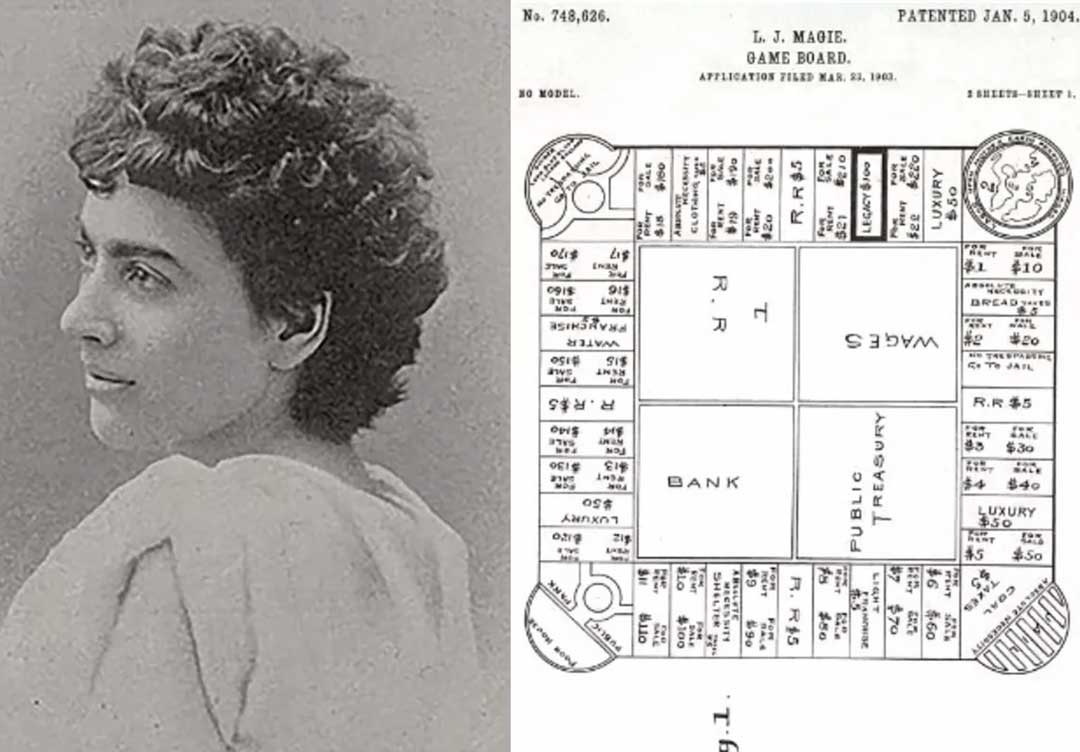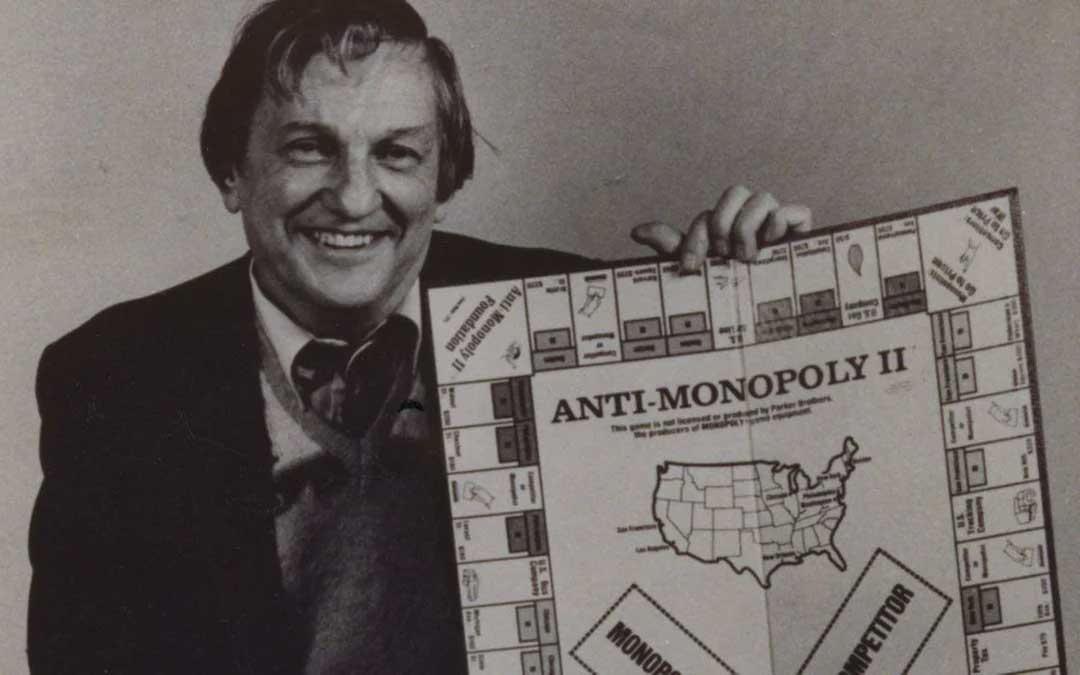
In the United States, November 19th is celebrated as National Monopoly Day, a holiday dedicated to one of the most well-known and beloved board games. First introduced for sale in 1935, Monopoly has been licensed in over 114 countries and translated into 47 languages as of 2022. Official championships are regularly held for the game, and creative enthusiasts come up with new rules and thematic versions. The famous box with the image of the round-faced mustachioed “monopolist” frequently appears in today’s most discussed films and series.
The predecessor of Monopoly: a female perspective, political humor, and criticism of capitalism

The modern version of the game was inspired by The Landlord’s Game, which was created by American woman Elizabeth Magie in 1903, drawing on the ideas of political economist and journalist Henry George. Magie believed that all of the problems in American society were the result of the greed of landowners and the lack of a unified land tax. Studying George’s work, Elizabeth paid particular attention to the idea: “Equal rights to all people for the use of land are as evident as the right to breathe, these are rights confirmed by the fact of our existence.” And she decided to reflect this idea in an understandable and entertaining form – in the form of a game.
Interestingly, the originally educational The Landlord’s Game had two sets of rules: anti-monopoly and monopoly. The former (main) rewarded all players during the game and allowed them to share in the victory. The latter forced opponents to survive and multiply their own wealth – this set of rules was created solely as a criticism of monopolies and was not intended to appeal to players.
“The Landlord’s Game” was full of political jokes, satire, and numerous references to the current political situation in the United States at the time. Elizabeth created an unusual design using her own money, but she later tried to sell it to Parker Brothers, to no avail. The company representatives did not appreciate the creator’s subtle and politically charged humor and feared that such a game would sell poorly and possibly cause them many problems. Nevertheless, even without commercial success, “The Landlord’s Game” became quite popular. It was actively played by students at leading economic faculties and members of the Quakers’ movement (“Religious Society of Friends”), and some professors even used it as a visual aid for their lectures.
The “Game Revenge” for the Great Depression – “Monopoly” Conquers the Market

One of the avid players was a heating equipment salesman, Charles Darrow. During the Great Depression, he lost his job and walked dogs while nurturing a plan to regain his former wealth. Darrow took a prototype of one of the variations of “The Landlord’s Game” (by then it had several different versions), removed all the political jokes, and made the monopolistic set of rules the only available option, thereby reducing the essence of the game to a simple yet brilliant idea: “Become rich and bankrupt everyone else.”
After that, like Elizabeth Magie, he went on a business meeting with Parker Brothers and was also rejected. The company representatives found 52 design flaws in his prototype and dismissed the project, assuring the author that it would never become a hit. But they were very wrong.
In the end, Charles Darrow perfected the prototype on his own – his relatives and friends served as testers, and he made the chips from available materials. In 1935, he released the first 5,000 copies at his own expense. They were sold out instantly. Then Darrow and Parker Brothers were able to reach an agreement, and by 1936, their “Monopoly” became the best-selling game in the US.
Since 1991, the rights to “Monopoly” belong to Hasbro.
